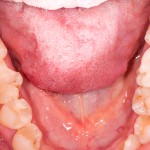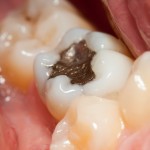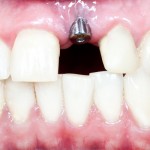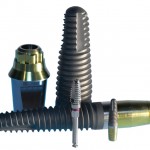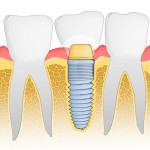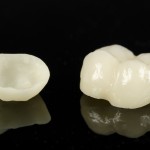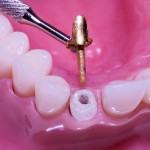
The restoration of teeth following root canal treatment (RoCT) can present challenges and posts inserted into the root canal can provide support to enable restoration. The aim of this study was to evaluate the survival of glass fibre and cast metal posts used to restore endodontically treated teeth with no remaining coronal wall. Patients with [read the full story…]

